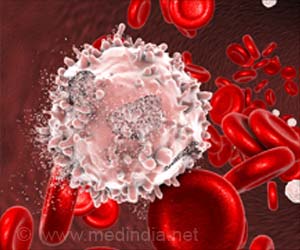Prochlorperazine more effective in treating acute migraine than the commonly prescribed drug, hydromorphone.

‘Prochlorperazine, given along with the drug diphenhydramine to prevent the side effect of restlessness, was superior to commonly prescribed drug for migraine, hydromorphone.’





The study found that the drug prochlorperazine, given along with the drug diphenhydramine to prevent the side effect of restlessness, was superior to hydromorphone. Prochlorperazine is a type of drug called a dopamine antagonist. It blocks the release of dopamine, which is one of the many chemical messengers in the brain. The drugs were all given intravenously. The researchers were also looking at whether the use of an opioid drug led to addiction in some people, with return visits to emergency rooms for repeat treatments.
"While this study demonstrates the overwhelming superiority of prochlorperazine over hydromorphone for initial treatment of acute migraine, the results do not suggest that treatment with IV opioids leads to long-term addiction," Friedman said. "In addition, the results should not be used to avoid the use of opioids for people who have not responded well to anti-dopaminergic drugs."
The study involved 127 people who went to two emergency departments in New York with migraine. Half of the participants received hydromorphone and half received prochlorperazine. The researchers were looking to see how many people had sustained headache relief after 48 hours, which was defined as having a mild headache or no headache two hours after receiving the drug and maintaining that level for 48 hours without needing a rescue medication to stop the migraine.
The study was stopped after 127 people had enrolled because the 48-hour results showed that prochlorperazine was overwhelmingly superior to hydromorphone.
Advertisement
There was no difference between the two groups in how often they returned to the ER for migraine within one month of the treatment.
Advertisement
Source-Eurekalert









